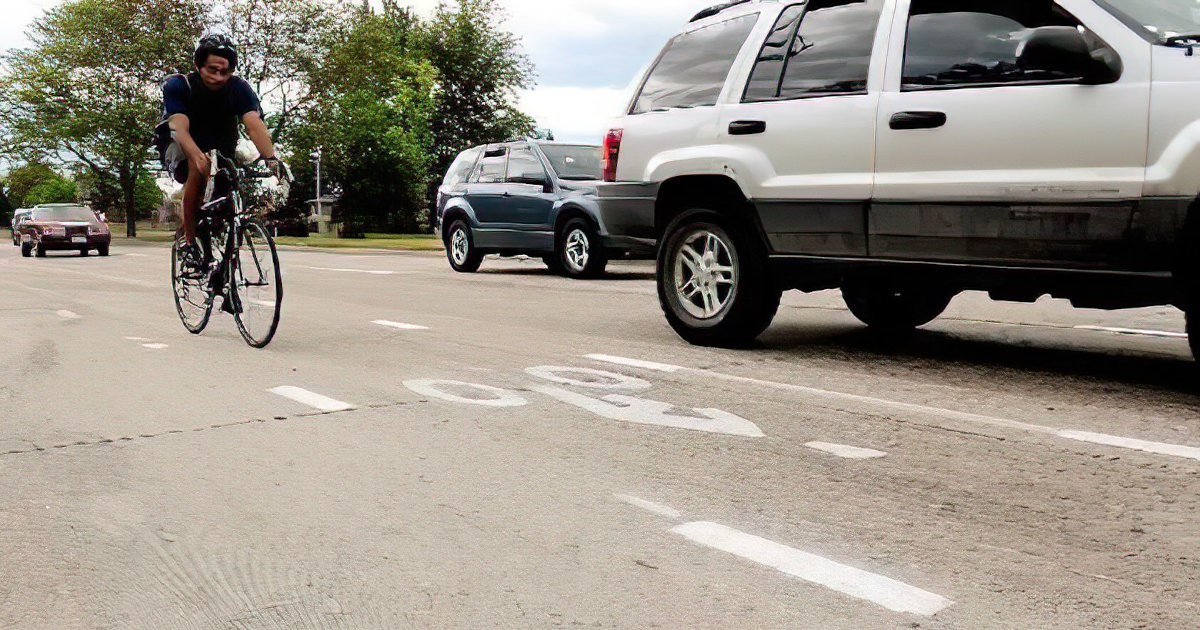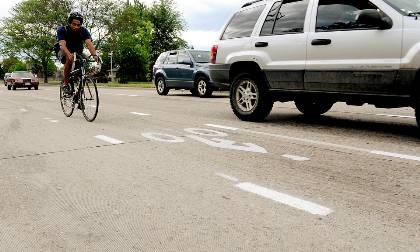
Repost: Written by me, originally published by Bike Shop Hub (now Campfire Cycling)
Today is Martin Luther King Jr. Day. And I’m at work.
(No, it’s not because I live in Arizona. We actually do have this holiday here — although you may remember that our state was notoriously reluctant to observe the holiday. Rather, it’s because of FedEx. I work for an online retailer, so if FedEx doesn’t have the day off neither do we.)
With all my advanced Googling skills, I was unable to find a photo or quote that shed light on what Martin Luther King may have thought of bicycles. Perhaps he viewed them, as many people still do, as symbols of poverty, and inequality.

But I’m thinking that somewhere in the complex mix of motivations I have for cycling rather than driving a car, is the belief that cycling is a relatively nonviolent form of transportation.
As I am writing this, there is a customer in the showroom who is sharing his homicidal fantasies toward the person who stole his bike recently. So, obviously, not every cyclist is necessarily a believer in, or a practitioner of nonviolence.
But, to state what should be obvious, when you bike, you are responsible for less environmental destruction than you would be were you in a car. When you bike you are less of a participant in the politics and economics of petroleum and their violent foreign policy implications.
And then there’s the mere lethality of motor vehicles. I’m certainly glad that the homicidal customer currently in the shop will leave here on a bike — and not driving a one ton weapon.
I get to bike home now.

5 thoughts on Nonviolent Transportation